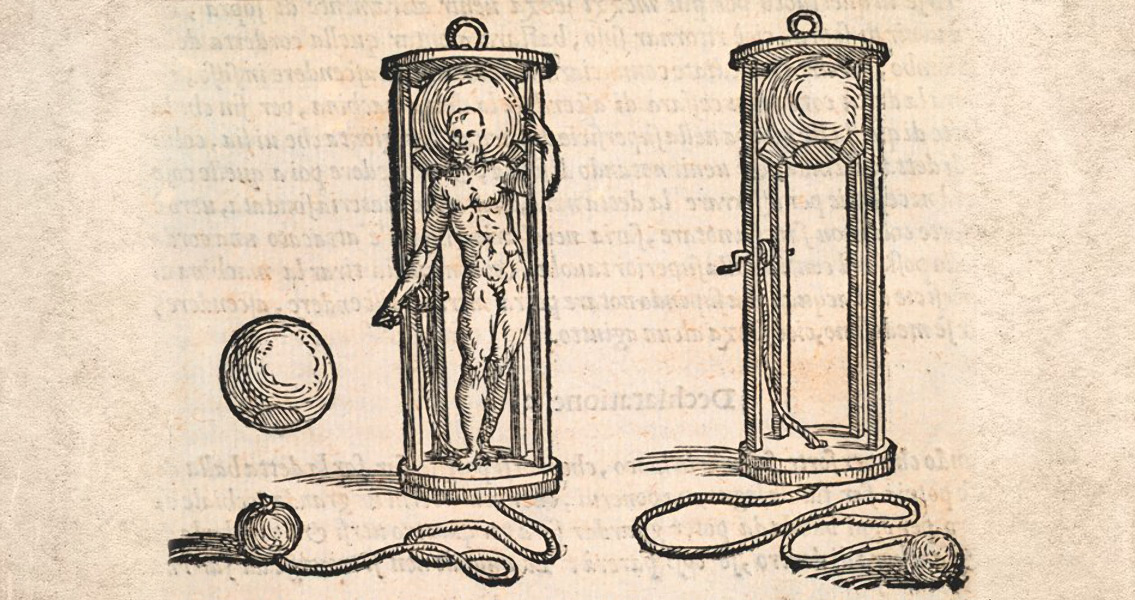<![CDATA[An Israeli maritime archaeologist has discovered how the first diving bell, invented five centuries ago by an Italian, actually worked, and how it allowed its wearer to remain submerged for hours on end. According to archaeologist Dr. Josheph Eliav's article, “Guglielmo’s Secret: The Enigma of the First Diving Bell Used in Underwater Archaeology”, the bell featured an exhaust valve on the top which brought in fresh air to the wearer and let out air that had been exhaled. This unique device, which it is safe to say marked the beginnings of underwater archaeology, was invented by Guglielmo de Lorena in 1535, and used by him and a partner, Francesco de Marchi, to study Lake Nemi, where a number of Roman-era barges had sunk. According to the detailed journal De Marchi kept during the endeavour, he and De Lorena were capable of remaining under water for hours, and could even take food in the bell with them. However, De Marchi also wrote that De Lorena had sworn him to secrecy regarding the mechanisms of the devices they used, meaning scientists had very little to go on in their attempts to discover how this first modern diving bell functioned. It is worth remembering that similar, although more primitive, devices had been used for millennia for investigating, or rather salvaging, sunken ships. One of the earliest references to a diving bell can be found in the writings of Aristotle from the fourth century BCE. What’s more, contemporary sources claimed that Alexander the Great found use for diving bells in the siege of Tyra, and tried one himself, as depicted in a 1575 Indian miniature, according to Eliav. The secret, Eliav says, is the exhaust valve that De Lorena put on the top of the bell. Apart from the valve, De Marchi apparently provided a lot of detail as to the structure of the device. He wrote that it had the shape of a barrel, was large enough for one person to fit in it, and was made of oak wood. After construction the whole thing was greased on the outside and sealed. De Marchi noted that on land, the structure had to be carried by more than one person because of its considerable weight. A palm-sized piece of crystal played the role of a visor, and the whole contraption was attached to the body of the diver with a number of ropes. It covered only the upper part of the body, down to the elbows, allowing the wearer to use his hands freely. What De Marchi did not detail was what Eliav believes was a second, smaller barrel, an air cask, which was attached to the bell via more ropes and had a tube that was only opened in the bell once it had been attached. The “ceiling” of the bell had a valve in it that opened to expel the air that the wearer breathed out, while the now open tube of the air cask supplied fresh air. In addition to this air exchange, the system kept the pressure within the bell constant enough to prevent the water level inside from rising. Since then, the equipment for maritime archaeology has evolved substantially, and now researchers have exo-suits at their disposal that allow them to spend long periods of time completely submerged under water without needing decompression afterwards - an advancement that has made it possible to examine a lot of sunken vessels previously inaccessible due to the depths at which they lay. ]]>
Researcher Explains First Modern Diving Bell Mechanism
